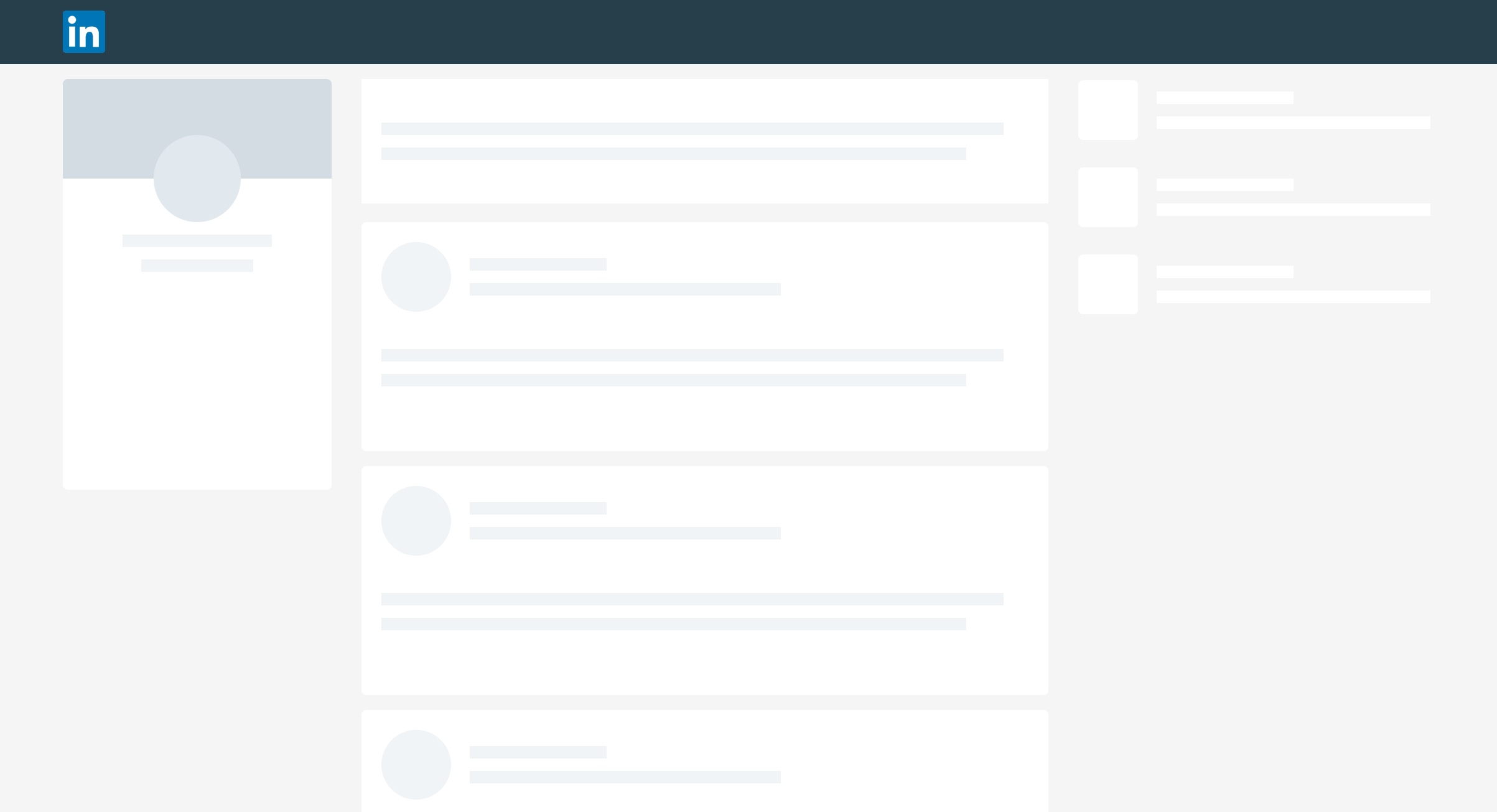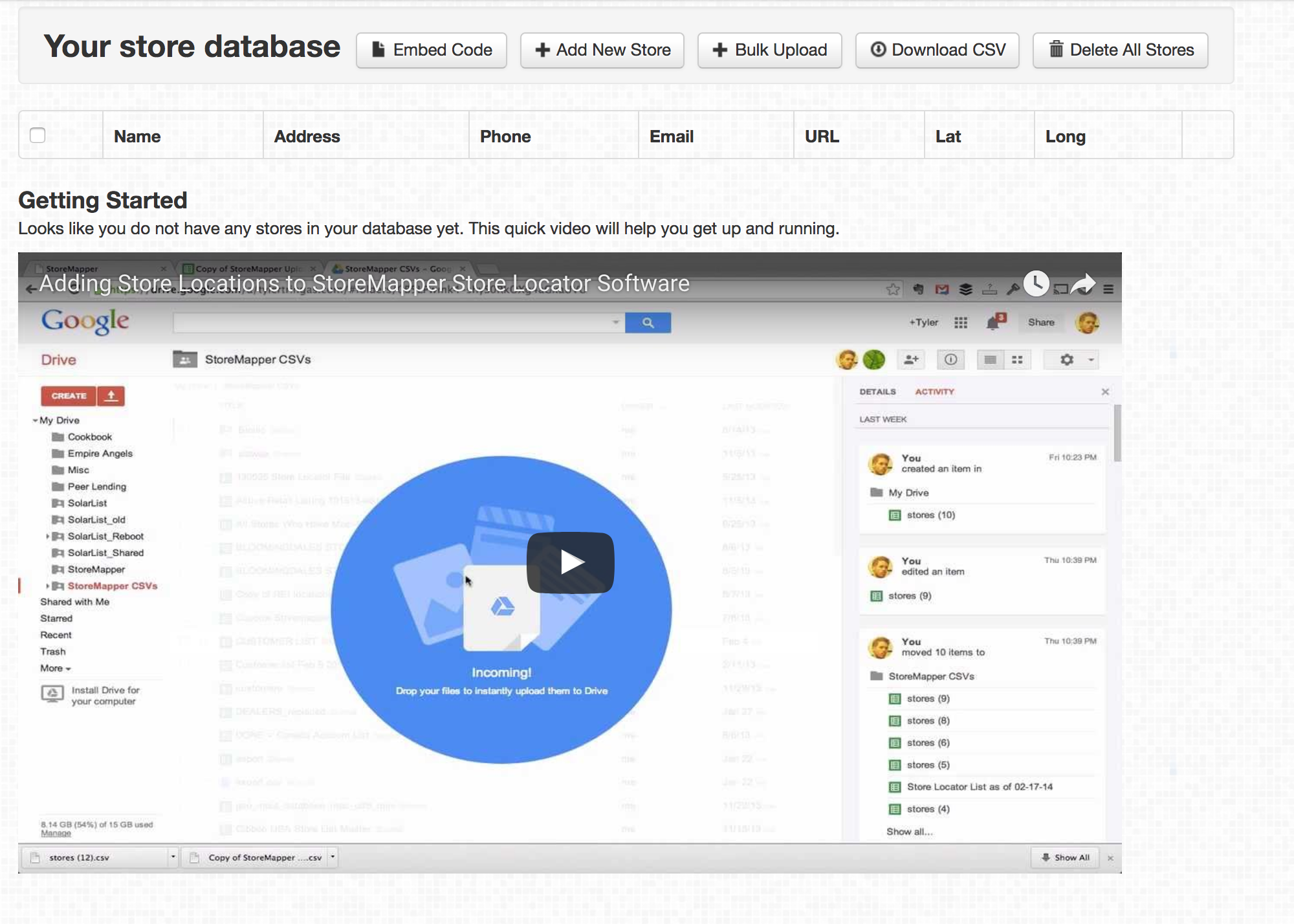Ira Glass, the creator of the radio program This American Life, has this famous quote that’s worth reading in its entirety:
“Nobody tells this to people who are beginners, I wish someone told me. All of us who do creative work, we get into it because we have good taste. But there is this gap. For the first couple years you make stuff, it’s just not that good. It’s trying to be good, it has potential, but it’s not. But your taste, the thing that got you into the game, is still killer. And your taste is why your work disappoints you. A lot of people never get past this phase, they quit. Most people I know who do interesting, creative work went through years of this. We know our work doesn’t have this special thing that we want it to have. We all go through this. And if you are just starting out or you are still in this phase, you gotta know its normal and the most important thing you can do is do a lot of work. Put yourself on a deadline so that every week you will finish one story. It is only by going through a volume of work that you will close that gap, and your work will be as good as your ambitions. And I took longer to figure out how to do this than anyone I’ve ever met. It’s gonna take awhile. It’s normal to take awhile. You’ve just gotta fight your way through.”
It’s such a useful insight for creative work. It’s also a broader lesson that the thing that will be your ultimate strength can be, during a transition phase, a weakness that you have to overcome. Having great taste is ultimately something that will make your work great, but in the short-term, when you are beginning to learn a craft, that same taste tells you that your work is worthless. Your taste makes it hard to persevere through the practice and master the craft to a level a worthy of your own taste. To make it through that phase, you have to let some bad work happen—your own—and have faith that the process will improve it over time.
Something similar happens often when making the transition from a maker to a manager. Credit to Paul Graham for pointing out some important differences between makers and managers in the modern workplace. Although in this instance I’m not talking about scheduling, but taste or something like it.
Most of the people I know who are now managers, didn’t go to business school and train to be a manager, they started as makers. They started as founders, doing all the making at a company they created from nothing, or they started as key individual contributors, the first marketer/designer/developer at a small organization. Over time the organization grows, to hit its goals it needs a design team and an engineering team, and so talented individual contributors start hiring, resourcing, planning and managing.
And here is the most important skill I know for making this transition smoothly and effectively:
Let bad work happen.



